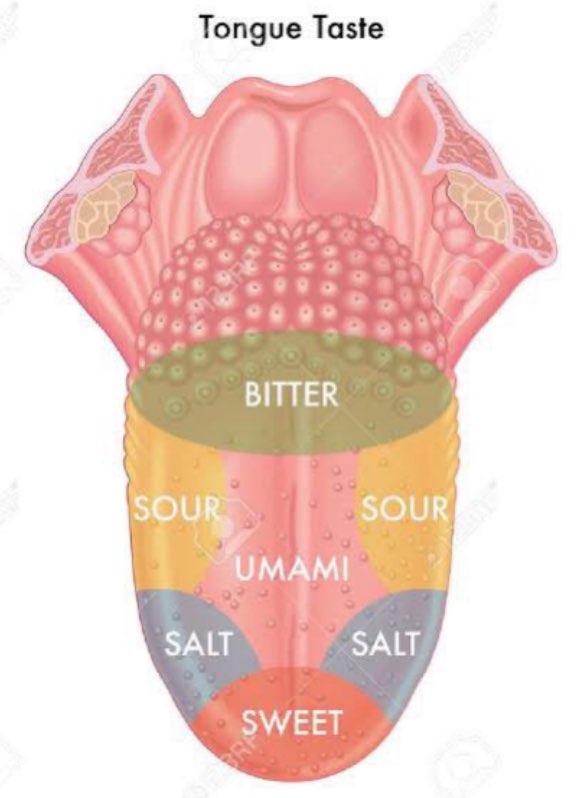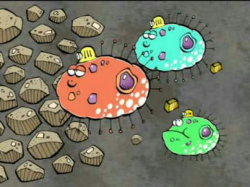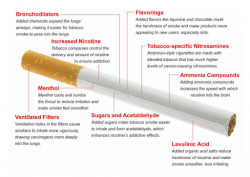
3 weeks ago •

How We detect different Tastes?
If you touch your tongue, you'll notice that it's covered with bumps and mini-ridges. Each of these bumps is made up of taste buds, which in turn are made up of taste receptors. Our mouths have 2,000 to 4,000 taste buds in total, and each taste bud has 10 to 50 receptors. In other words, humans are well-equipped to taste different foods.
All of our taste buds help us to perceive five types of flavors: sweet, salty, sour, bitter and umami. (That last term describes savory foods, like cured meats, mushrooms and fermented cheeses.)
The act of tasting is a bit like a chemical puzzle. When we chomp into something, that food releases molecules that have certain shapes, and these shapes float around in our mouths. Each flavor of food has a unique shape, which matches up to a type of taste receptor with a corresponding shape. For instance, when the bitter molecules from our lunch time arugula salad bind to a bitter receptor, that sends a series of neural signals to our brain announcing that we've tasted something bitter.
Related content

Kami adalah sekumpulan pegiat IT Selengkapnya tentang kami ada di website ini selamat berselancar.!! #pegiat_IT
1 week ago

Why is Greece first in the Olympic parade? Traditionally (starting at the 1928 Summer Olympics), Greece enters first, because of its historical...
3 weeks ago

What is bio-mining ? Biomining is a technique of extracting metals from ores and other solid materials typically using prokaryotes or fungi. Th...
3 weeks ago

What is purpose of Filter in Cigarettes ? A cigarette filter has the purpose of reducing the amount of smoke, tar, and fine particles inhal...
3 weeks ago

What is GI Tag? Geographical indication (GI) refers to any indication that identifies the goods as originating from a particular place, where ...
3 weeks ago